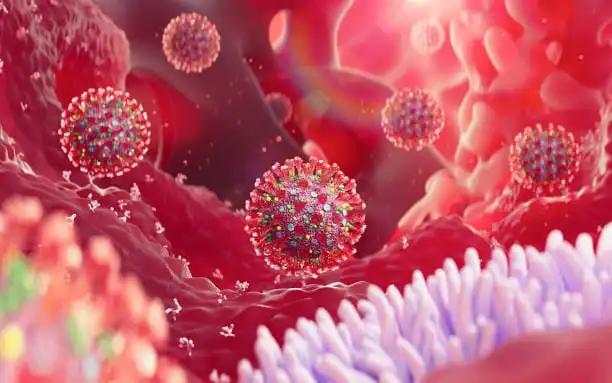KEY TAKEAWAYS
- With exploratory data from a phase 1/2 CP1108 trial, researchers aimed to utilize Digital Twins for biomarker discovery to mitigate risk in subsequent PhIII trials by simulating randomized clinical scenarios.
- Digital Twins based on imaging data to simulate virtual randomized PhIII trials offered promise for Precision Oncology in drug development.
Data gathered from single-arm PhI/II clinical trials offer a chance to uncover predictive biomarkers, yet they lack a control arm, limiting the ability to assess prognostic value. This limitation poses risks for subsequent biomarker-focused PhIII trials.
The concept of a Digital Twin involves creating a computational representation of an actual patient using their clinical data, encompassing initial histopathology imaging. A study showcased the creation of a virtual randomized PhIII clinical trial (vPhIII) using Digital Twins, demonstrating their use in uncovering predictive biomarkers.
In the computational pathology analysis of NSCLC patients enrolled in trials ‘CP1108’ (NCT01693562) and ‘MYSTIC’ (NCT02453282), eligible baseline tissue samples were examined. Using Quantitative Continuous Scoring for PD-L1 (PD-L1 QCS), digital quantification of PD-L1 protein expression and multidimensional whole slide image (WSI) features for PD-L1 expression were obtained.
The creation of Digital Twins for each PhI/II patient involved identifying similar patients from the PhIII control arm using Euclidean distance and Delaunay triangulation of reduced patient features. These Digital Twins represented actual overall survival (OS) data from their respective studies and could function as a virtual PhIII (vPhIII). Each PD-L1 QCS feature in the vPhIII subgroup was assessed for its median OS time (mOS) benefit. The feature demonstrating the most prolonged mOS benefit was chosen and evaluated for its predictive value in the real PhIII cohort.
Generated from 121 Digital Twins, a vPhIII cohort revealed that the 20% quantile of PD-L1 tumor cell expression offers optimal stratification for survival benefits. Comparing real PhIII to vPhIII showcased an underestimated OS benefit from durvalumab treatment by the Digital Twins model. Although the selected QCS feature didn’t signal significant treatment benefit in vPhIII, MYSTIC’s retrospective analysis hints at promising patient stratification.
Using imaging data, Digital Twins showed promise in creating virtual, biomarker-stratified PhIII trials from single-arm PhI/II and historical Standard-of-Care data. This study illustrated the technical feasibility of this innovative method. While validation is needed, Digital Twins could enhance drug development success rates and expedite Precision Oncology in clinical practice.
Source: https://jitc.bmj.com/content/11/Suppl_1/A688
Clinical Trial: https://clinicaltrials.gov/study/NCT01693562
https://clinicaltrials.gov/study/NCT02453282
Schmidt G, Lesniak J, Kunzke T, et al605 Computational pathology-based digital twins enable the discovery of predictive biomarkers for precision immuno-oncologyJournal for ImmunoTherapy of Cancer 2023;11:doi: 10.1136/jitc-2023-SITC2023.0605



